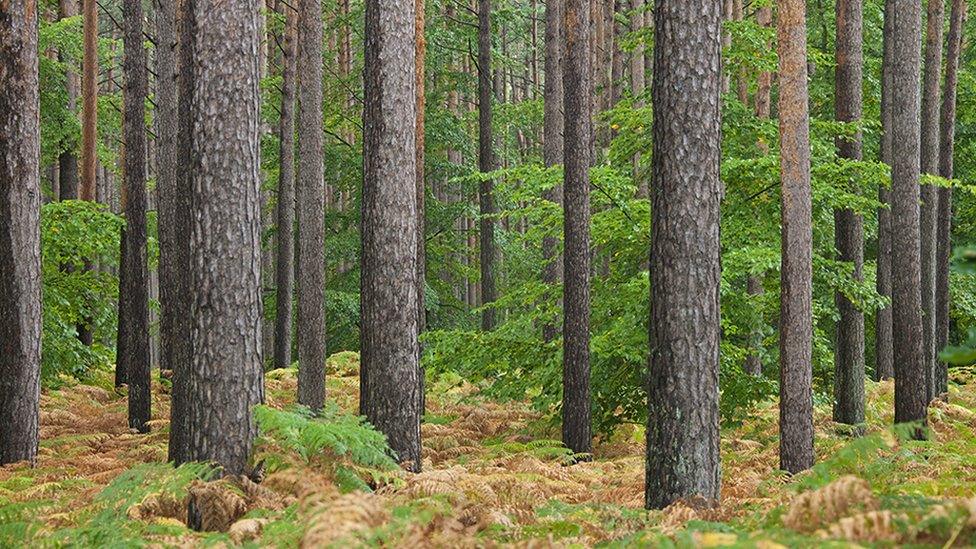Chris Packham: Glen Coe is broken and needs fixing
- Published
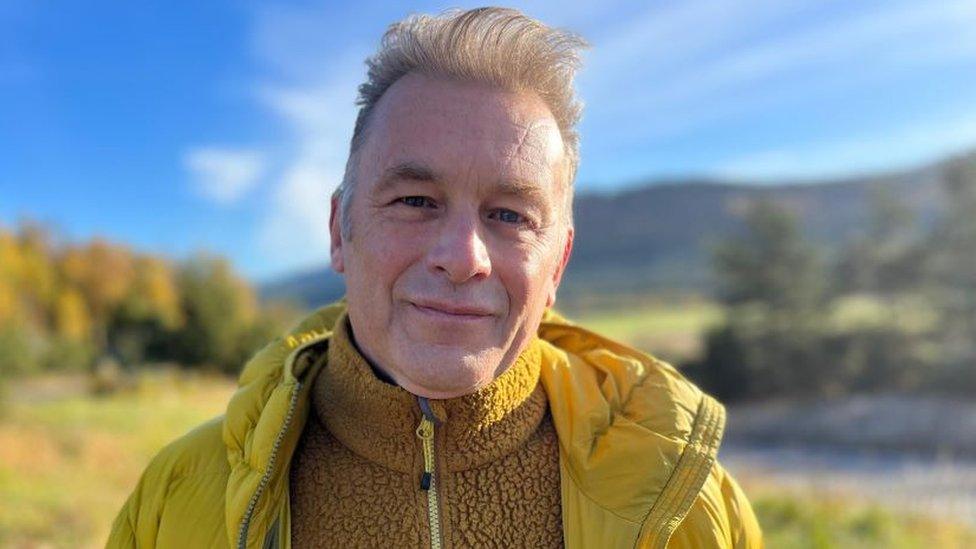
Chris Packham said Glen Coe was a historically important landscape
Chris Packham has described one of Scotland's best-known landscapes as "sad" and "broken".
The naturalist and broadcaster said Glen Coe should not be a "barren moorland", but feature patches of native woodlands.
Much of Scotland was covered by trees 5,000 years ago, but only fragments of the ancient Caledonian Forest survive today.
Mr Packham said Glen Coe could be "fixed" by rewilding parts of it.
National Trust for Scotland (NTS), which manages a 14,000-acre national nature reserve in Glen Coe, said it was committed to helping natural habitats flourish.
Rewilding is the restoration of large areas of habitat for the benefit of native plants and animals.
Mr Packham said Glen Coe was a historically important landscape.
He told BBC Radio's Good Morning Scotland programme: "I remember going through (Glen Coe) as a kid and going 'wow, Scottish wilderness, fantastic'.
"But that was in the late 1960s and early 70s. We've all learned now that landscape is broken and it needs fixing - and we can fix it."
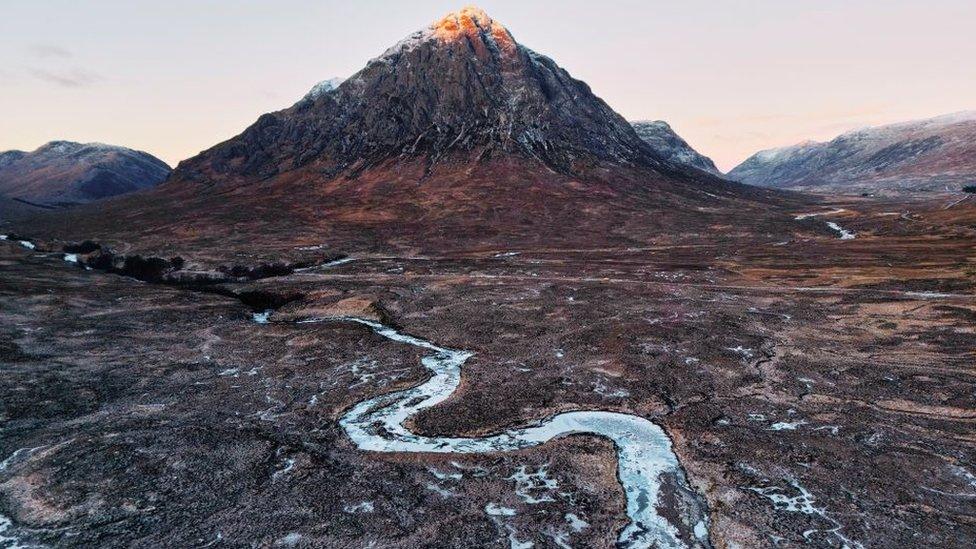
Glen Coe is an area of mountains and moor in the west Highlands
He added: "So it didn't ought to be barren, overgrazed moorland. It ought to be patches of woodland, patches of spaces where wildlife can prosper.
"Glen Coe - it's sad driving through there. There are blocks of non-native forestry which aren't great for biodiversity and aren't great for employing people."
'Love Scotland'
Mr Packham has been in the Highlands to promote a new show and to visit Dundreggan, a 10,000-acre estate south of Inverness which Findhorn-based charity Trees for Life is rewilding.
The naturalist said restoring habitats could also help Scotland's economy through eco-tourism.
"From my point of view Scotland is the mecca for UK wildlife - you have got so many rare, endangered, sexy species," he said.
"We keep gravitating here and spending our money here.
"We love this country, there's no doubt about it, so why not invest in these landscapes to make them even better."

Chris Packham said Glen Coe should feature patches of native woodland
NTS said the reserve's habitats included waxcap grasslands at the bottom of the glen, and internationally important remnants of ancient Scottish rainforest in the woodlands of Coire Gabhail.
A spokeswoman said: "As a conservation charity, we are committed to stabilising and improving the condition of our estate, and to allowing nature to flourish, as set out in our 10-year strategy.
"Our actions at Glen Coe aim to regenerate native woodland in many areas of the glen and improve habitats generally throughout. Some designated habitats within the national nature reserve have been in poor condition for many years and this cannot go on."
'Making a difference'
She said NTS had changed its approach, tackling overgrazing and damage to saplings by "unsustainably high" red deer numbers, including year-round culls.
The spokeswoman said: "In taking action, there has been criticism from some quarters, but we can already see that this approach is making a difference."
She said the trust would be happy to invite Mr Packham to the reserve to discuss ongoing effort to enhance Glen Coe.
Glen Coe in the west Highlands, south of Fort William, includes some of Scotland's highest mountains, including Buachaille Etive Mòr and the summits of the Aonach Eagach ridge.
The glen was the scene of an infamous massacre.
Almost 40 members of Clan MacDonald of Glencoe were killed in February 1692 after soldiers were ordered to attack them.
Related topics
- Published2 February 2023
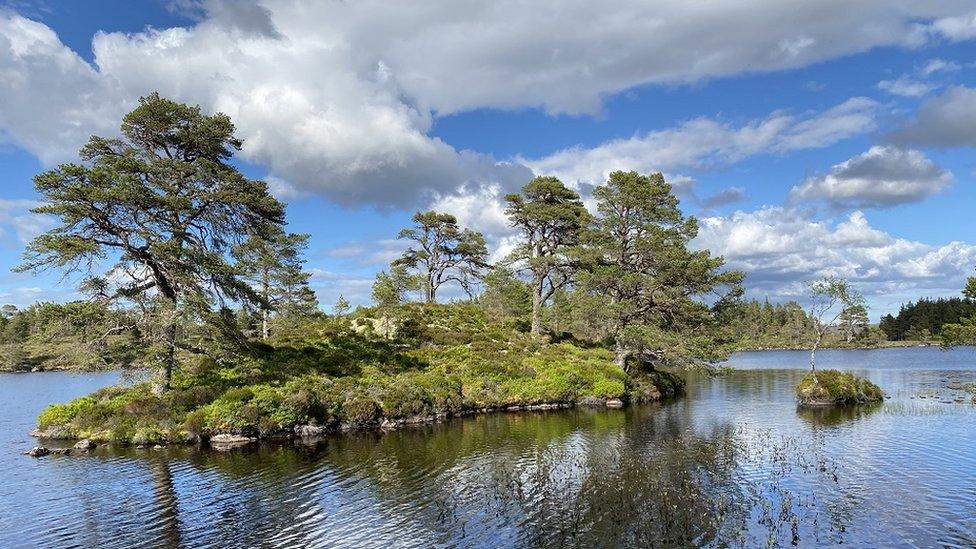
- Published2 March 2023
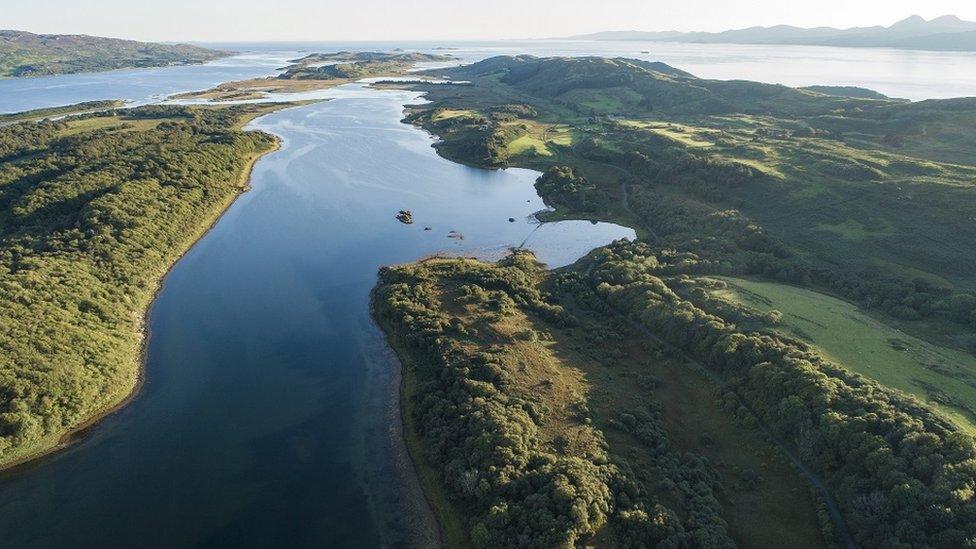
- Published24 September 2021
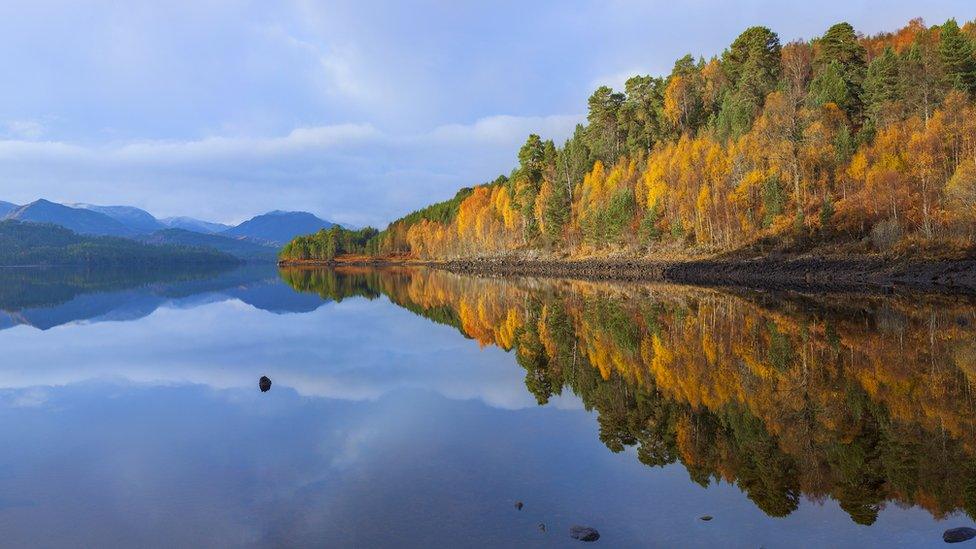
- Published11 December 2019
